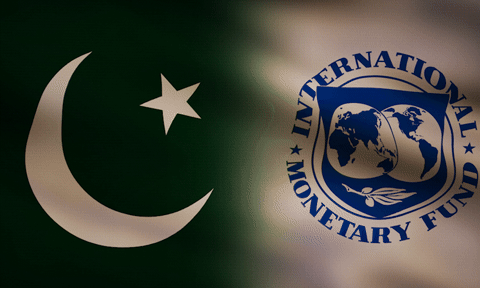LAHORE: Environment friendly solutions along with regulations/policies are required to make significant improvements in the pollution levels in Lahore which has consistently featured in World’s top 10 most polluted cities since 2017. Last year, as per Air Quality Report 2023 by IQ Air, the city with the score of 99.4 on PM2.5 legend ranked 5th among the most polluted cities in the world.
“A general perception is that usually Lahore’s air becomes more hazardous during winter season when the dust/smoke particles along with fog create a thick layer of ‘smog’, affecting visibility and breathing,” said an environmental expert. The problem aggravates during winters (Nov to Feb) but an analysis of AQI monthly data reflects that this is no more of a winter phenomenon only because as per AQI guide Lahore’s air quality remained “Very Unhealthy” from Jun to Aug while it was “Hazardous” for remainder of the year 2023, the experts added.
It may be added that the Punjab State of Environment Report 2023 identified that population growth, urbanization, industrial expansion, burgeoning economic development, inadequate regulatory policies, road dust and vehicles with weak emissions control measures are major contributors towards air pollution.
The report also highlighted that Lahoris experienced from ‘Moderate’ to ‘Hazardous’ air quality for roughly 80% of the year 2023. While 67% of Passenger Service Vehicles inspected were declared road worthy, but 232 inspections of Industrial Stack Emission of various industries revealed that except Sugar Industries, all of them were rated from ‘Poor’ to ‘Very Poor’ based on monitored parameters.
“There are several Regulations/Policies/Laws developed both at Punjab and Federal level to address and counter this phenomenon of air pollution specifically. Some of these are National Climate Change Policy 2021, Policy on Controlling Smog 2017, Punjab Clean Air Policy 2023 and National Clean Air Policy 2023,” said the expert.
He said the solution is simple and for that we first need to manage the pace of urbanization while with judicious allocation of resources across the province, specifically in education and health sector, we may be able to rationalize the speed of migration. Similarly, he added, if we want clean air for our generations to come we should monitor and control the industrial and residential colonies expansion because they should not happen at the expense of our health.
“As per Punjab Policy on controlling Smog 2017, all vehicles should be of minimum Euro-2 standards. Today all 2-Ws, 3-Ws and 4-Ws are being manufactured on Euro-2 standards and their emissions are within the prescribed limits of PEQS. The issue lies with commercial vehicles which run on diesel and produce much higher harmful emissions. For this, EVs, specially starting from Buses, should be encouraged but for this to materialize strong intervention by local government is required both on demand and supply side,” said the expert.
He added that another issue is the smuggled oil as by virtue of its logistical arrangements the smuggled oil is highly contaminated and produces higher carbon emissions than the standard oil available in Pakistan.
Besides, he added, infrastructure development in Lahore has come at a price. “While the road network and connectivity is far better when compared to other cities in the province, it has badly affected tree cover of the city. In 2019, the government started various tree plantation drives such as Miyawaki Urban Forest in Lahore and Billion Tree Tsunami. These projects are the need of the hour,” said the expert.
“Not only farmers are needed to be educated about social impact of stubble burning, but they must also be provided required financial support to switch to more environment friendly methods of treating the crop residue,” said the expert.
Copyright Business Recorder, 2024





















Comments
Comments are closed.